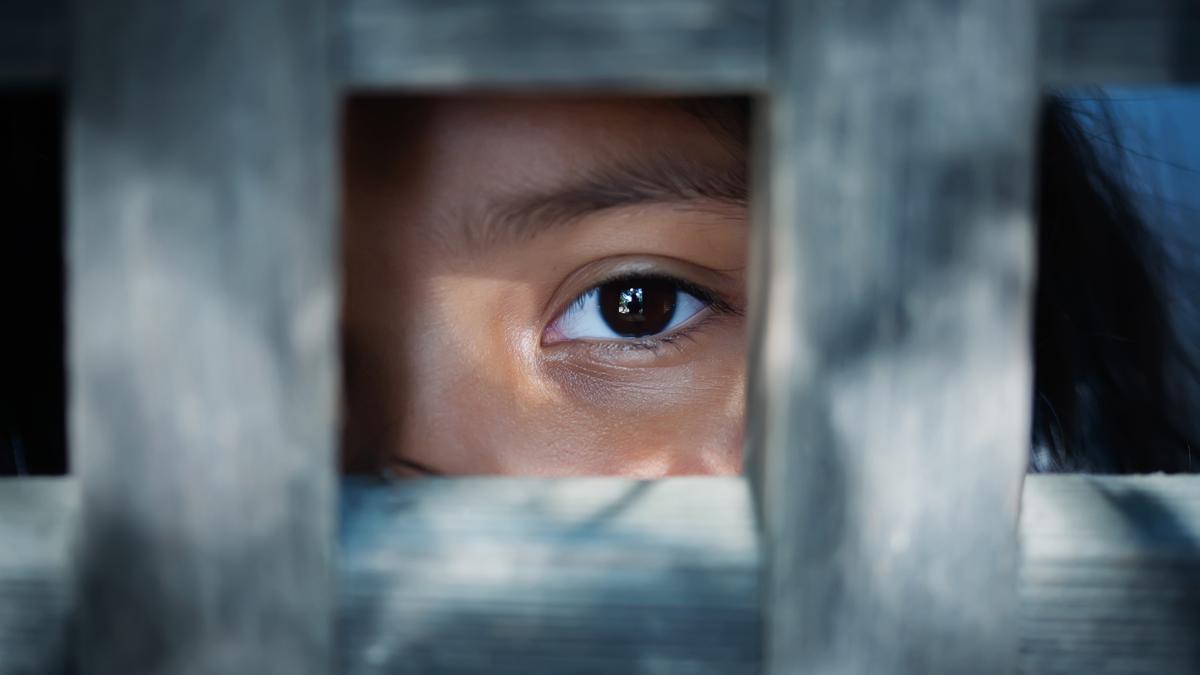NCRB Data on Crime Against Children

- 04 Oct 2025
In News:
According to the latest data released by the National Crime Records Bureau (NCRB), India recorded 1,77,335 cases of crimes against children in 2023, marking a 9.2% increase from 1,62,449 cases in 2022. The crime rate rose from 36.6 to 39.9 per lakh child population, reflecting both rising incidents and improved reporting mechanisms.
Major Trends and Patterns
The report reveals that kidnapping and abduction and sexual offences under the POCSO Act dominate crimes against children, together accounting for over 83% of total registered cases.
- Kidnapping and Abduction:
- 79,884 cases (45%) were registered, victimising82,106 children — a rate of 18 per lakh.
- Within this, 58,927 were general abductions, including 37,844 cases of missing children later deemed kidnapped.
- Alarmingly, 14,637 cases involved abduction of minor girls for forced marriage.
- POCSO Act Cases:
- 67,694 cases (38.2%) were filed under the Protection of Children from Sexual Offences (POCSO) Act.
- Of these, 40,434 involved penetrative sexual assault, affecting 40,846 child victims.
- In 39,076 cases, the offender was known to the victim, including 3,224 family members, 15,146 acquaintances, and 20,706 friends, online contacts, or live-in partners who exploited trust or false promises of marriage.
Victim Demographics
Among the 40,846 victims of penetrative assault:
- 762 were below 6 years,
- 3,229 were aged 6–12 years,
- 15,444 were between 12–16 years, and
- 21,411 were aged 16–18 years.
The vast majority of victims were girls, underscoring the gendered nature of sexual crimes against children.
Other Significant Offences
Beyond sexual and abduction-related crimes, the NCRB recorded:
- 1,219 murders, including 89 linked to rape or POCSO violations.
- 3,050 cases of simple hurt and 373 cases of abetment to suicide.
- 6,038 cases under the Prohibition of Child Marriage Act and 1,390 under the Child Labour (Prohibition and Regulation) Act, indicating persistent social and economic vulnerabilities affecting children.
Regional Distribution
Madhya Pradesh reported the highest number of cases (22,393), followed by Maharashtra and Uttar Pradesh.
Among smaller states and Union Territories:
- Assam recorded 10,174 cases, reflecting a sharp rise.
- Bihar followed with 9,906 cases.
- Delhi, despite its smaller population, registered 7,769 cases, among the highest rates nationally.
Law Enforcement and Justice Delivery
- Out of 2,57,756 cases investigated during the year, 1,12,290 were chargesheeted, leading to an overall chargesheeting rate of 64.3%. However, 80,198 cases remained pending at the end of 2023, highlighting systemic backlogs in investigation and prosecution.
- The chargesheeting rate varied considerably: it was higher in Tamil Nadu and Andhra Pradesh, but lower in Delhi and Haryana, reflecting uneven institutional efficiency across states.
Interpretation and Policy Significance
The steady increase in crimes against children underscores the growing vulnerabilities of minors in physical, digital, and domestic spaces. The dominance of offences by known persons reflects a disturbing breach of familial and social trust.
While better reporting and legal awareness may partly explain the rise, the data signals the urgent need for:
- Strengthening child protection systems and POCSO courts;
- Enhancing cyber surveillance to curb online grooming and exploitation;
- Expanding community-based awareness and school safety mechanisms; and
- Ensuring speedy investigation and trial to reinforce deterrence.
